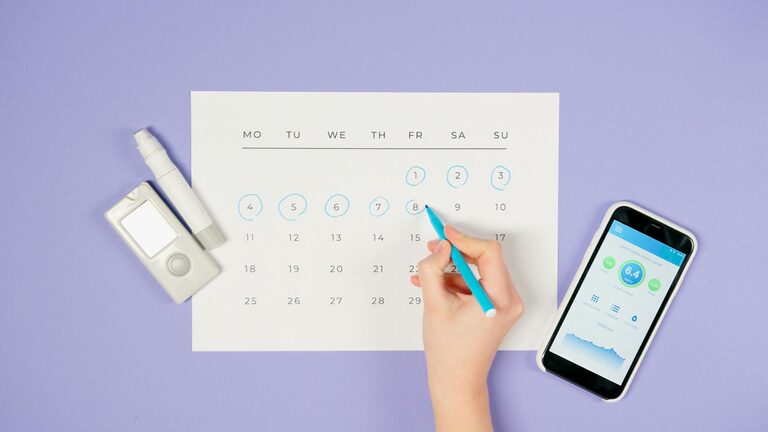Spending extended hours in front of screens—whether for work, study, or entertainment—has become a daily reality for many of us. While technology offers amazing benefits, it can also take a toll on our eyes if we’re not careful. Eye strain, dryness, discomfort, and headaches are common issues related to prolonged screen use. The good news is that with a few straightforward habits, you can protect your eyes and maintain healthy vision.
In this post, we’ll explore practical tips to help you care for your eyes during screen time.
Understanding Digital Eye Strain
Digital eye strain, also known as computer vision syndrome, refers to a group of eye and vision-related problems resulting from prolonged computer, tablet, e-reader, and smartphone use. Symptoms commonly include:
– Eye discomfort or fatigue
– Dry or watery eyes
– Blurred or double vision
– Headaches
– Neck and shoulder pain
These symptoms arise because screens can reduce your blink rate and cause focusing and alignment challenges for your eyes.
Tips to Protect Your Eyes During Screen Time
1. Follow the 20-20-20 Rule
One of the simplest and most effective ways to reduce eye strain is the 20-20-20 rule. Every 20 minutes, take a 20-second break and look at something 20 feet away. This gives your eye muscles a chance to relax and helps prevent fatigue.
2. Adjust Your Screen Settings
Brightness, contrast, and text size can affect how comfortable your screen is to look at.
– Brightness: Match your screen brightness with your surrounding environment. Too bright or too dim screens strain your eyes.
– Text Size: Increase text size and contrast for easier reading.
– Color Temperature: Use warmer colors (less blue light) in the evening to reduce eye strain and improve sleep quality.
Many devices have built-in “night mode” or “blue light filter” settings that you can schedule based on the time of day.
3. Optimize Your Workspace Lighting
Lighting plays a significant role in eye comfort.
– Avoid glare on your screen by positioning it away from windows or bright lights.
– Use blinds or curtains to control natural light.
– Consider using a desk lamp with adjustable brightness.
– Keep ambient lighting balanced—too dark or too bright can make your eyes work harder.
4. Maintain Proper Screen Distance and Position
How you position your screen can reduce strain.
– Place your screen about an arm’s length (20-28 inches) away.
– The top of the screen should be at or slightly below eye level.
– Tilt the screen slightly upward.
– Sit with good posture to avoid neck and shoulder strain.
5. Blink More Often
Blinking moistens your eyes and helps prevent dryness and irritation. Unfortunately, people blink less often during screen use.
Make a conscious effort to blink fully and frequently. Some users find that reminders help improve blink rate.
6. Use Artificial Tears if Needed
If your eyes feel dry or irritated, over-the-counter lubricating eye drops (artificial tears) can help keep your eyes moist. Choose preservative-free options for frequent use and consult your eye care professional for recommendations.
7. Take Regular Breaks and Move Around
Taking breaks isn’t just good for your eyes; it benefits your overall health.
– Stand up and stretch every hour.
– Look away from your screen intermittently.
– Step outside briefly to rest your eyes and experience natural light.
8. Get Regular Eye Exams
Routine eye exams help detect vision problems early and determine if you need corrective lenses or specialized computer glasses.
Inform your eye care provider about your screen habits so they can recommend the best solutions.
Bonus Tips for Smartphone and Tablet Users
Mobile devices often encourage closer viewing, increasing eye strain risks.
– Hold devices at eye level rather than looking downward.
– Use larger text sizes and zoom functions when reading.
– Limit continuous usage by taking mini-breaks.
– Consider apps that remind you to rest your eyes.
Conclusion
Protecting your eyes during screen time is crucial in today’s digital world. By following simple habits like the 20-20-20 rule, adjusting your environment, blinking more, and taking regular breaks, you can keep your eyes comfortable and healthy.
Remember, small changes add up to big benefits. Make eye care a priority and enjoy your screen time without discomfort.
—
If you found these tips helpful, feel free to share this post and leave a comment with your own eye care experiences!

